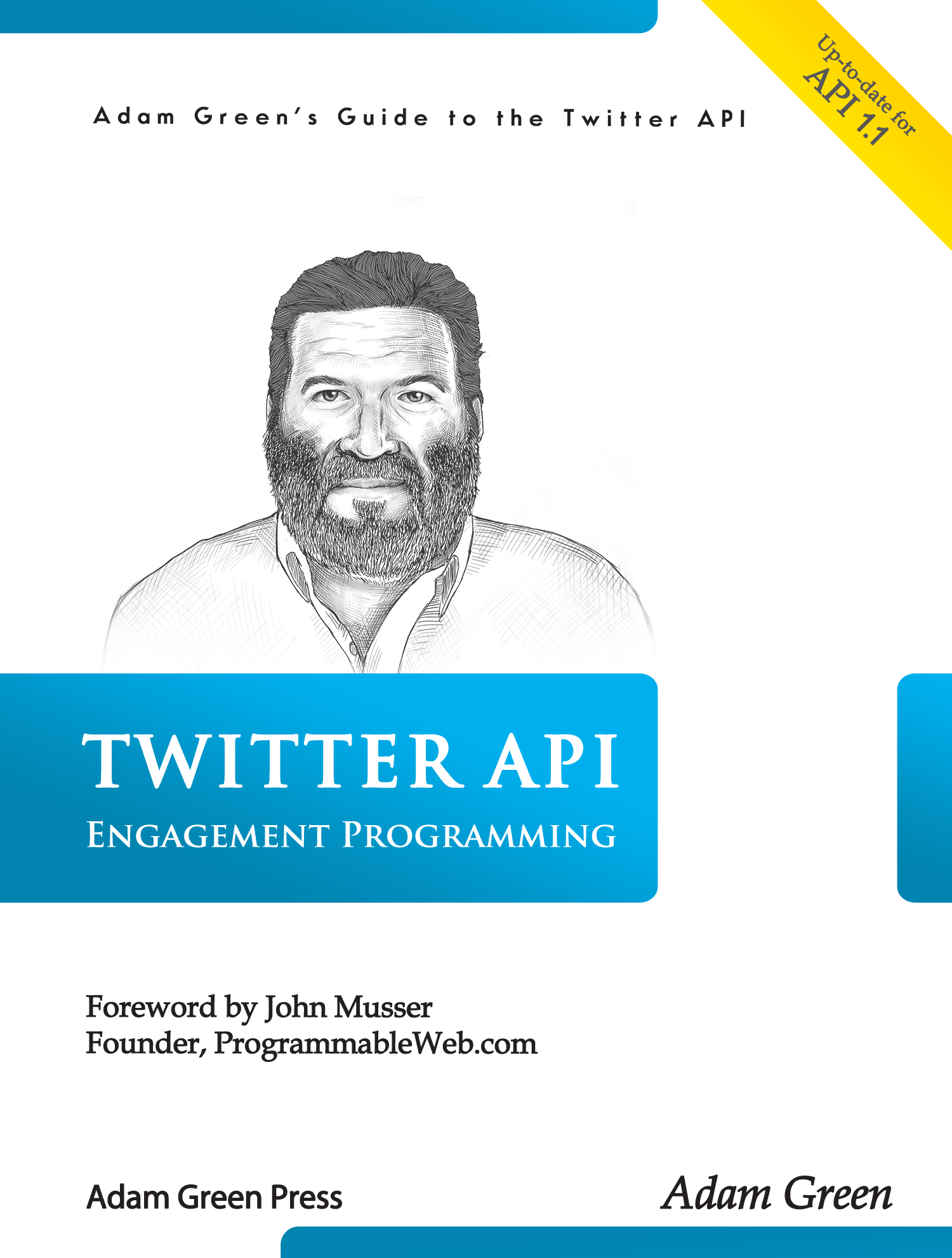One of the first things I work on with new clients is helping them to learn the vocabulary people use on Twitter. Clients who use the Web for marketing are very aware of the search terms that are most effective for ads and SEO, and they expect the same phrases to be used on Twitter. They need to learn that Twitter’s 140-character limit leads to a much more concise way of describing products and services.
Twitter users tend to create tags for commonly expressed ideas, so one of the first things I do after starting to aggregate tweets for the client’s keywords is produce a popular tag report that they can view online. When I add tweets to a database, I extract all the hash tags and save them in a separate table along with the id of the tweet where they were used. This lets me perform a SQL query like this to discover which tags are used most often in tweets with the tracked keywords:
SELECT count( * ) AS cnt, tag
FROM tag_tweets
GROUP BY tag
ORDER BY cnt DESC
As you’d expect, the tags distribute themselves in a long tail. For example, in one database I maintain that now has more than a million tweets there are over 33,000 unique tags recorded. The first hundred tags appear thousands of times. The next hundred appear only a few hundred times, and the vast majority of tags appear less than a dozen times out of 1,000,000 tweets. If you can identify the hundred most popular tags, you have have a much greater insight into how people actually converse on Twitter.
Twitter doesn’t produce data on usage of search.twitter.com, but it is safe to assume that when people search Twitter they look for the same tags they put into tweets. If a client can add the right tags to their tweets, they have a much greater chance of being found by people through Twitter search.
Since I also collect user data along with each tweet, I can extract the screen name of users who tweet most often with these popular tags as a way of creating a following list.








